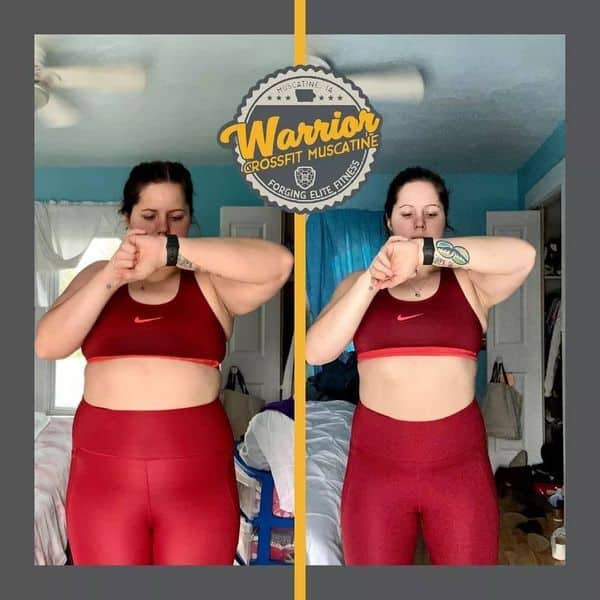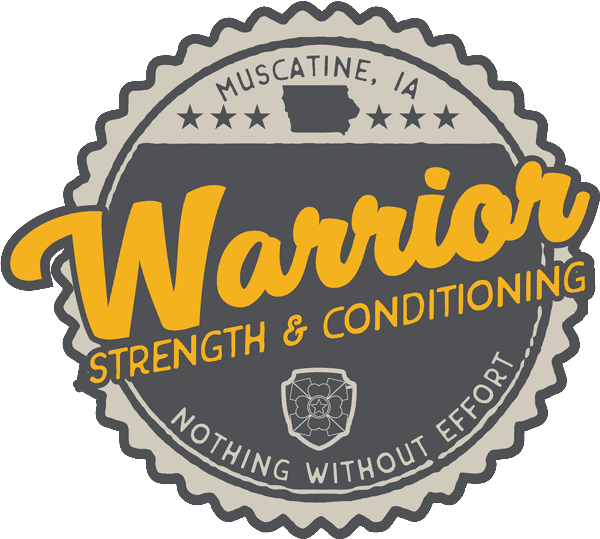July 7, 2021

Nowadays, it is common knowledge that nutrition plays a much more significant role in body composition than training does. Unfortunately, much of the advice found on the subject is either overcomplicated or oversimplified to the point of being confusing or downright too restrictive to maintain over the long run. If you want to start taking control of your nutrition, here are a few simple tips you can implement right away.
Track your protein. Protein is a powerful macronutrient. It supports muscle growth which will improve your performance, and since muscle is an active tissue, the more of it you have the more energy you will burn. That means less body fat! Protein is also satiating and will help you to feel less hungry, which will reduce the likelihood of any ravenous cravings. A good place to start is 1 gram of protein per 1 pound of body weight. (Helpful Tip: If you are overweight, you can base your protein goal off of your lean body mass or your goal weight.)
Track your calories. Simply put, if you take in more calories than you expend, you will gain weight. If you expend more calories than you take in, you will lose weight. There is no way around it. Monitoring your calorie intake in conjunction with your protein goal is the most straightforward way to make sure you’re on track to reaching your body composition goals. When you first start calorie tracking don’t make any changes to your normal eating habits. You want to get an idea of what an average day looks like for yourself so that you can see which changes, if any, need to be made. (Helpful Tip: Using a food scale with a nutrition app such as myfitnesspal is the easiest and most accurate way to track calories. You can pick a food scale at the store for less than $50 and the app is free!)
Track your weight. Once you’ve started tracking your protein and your calories, you’re going to want to know if you’re heading in the right direction. This is where regular body weight tracking proves very helpful. If you notice that your weight has remained roughly the same for a week or longer, then you’ve found your maintenance calories. This is a very useful reference point to have whether you’re looking to lose weight or gain weight. Keep in mind that as your body weight and activity level changes, the calories required to maintain your body weight will also change. (Helpful Tip: The best time to weigh yourself is in the morning after using the restroom and before eating or drinking.)
The goal is to make small, manageable changes that can be sustained over the long term. There is no quick fix to nutrition or your health and fitness. If calorie or body weight tracking is intimidating to you, start with a protein goal. Once you’ve been able to consistently reach your protein goal for a month or longer, start tracking your calories. Once you’ve got that down, move onto body weight tracking. Take small steps, do them consistently, and you will see results!
